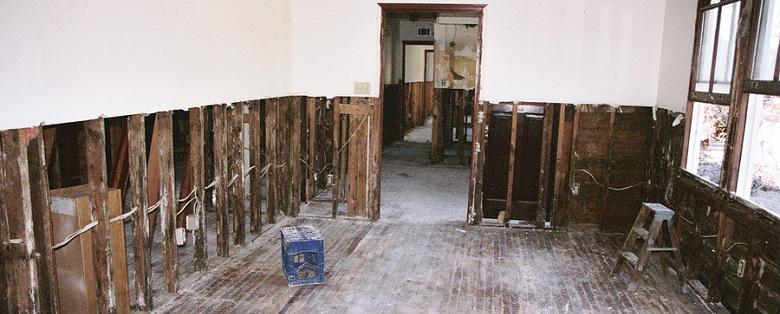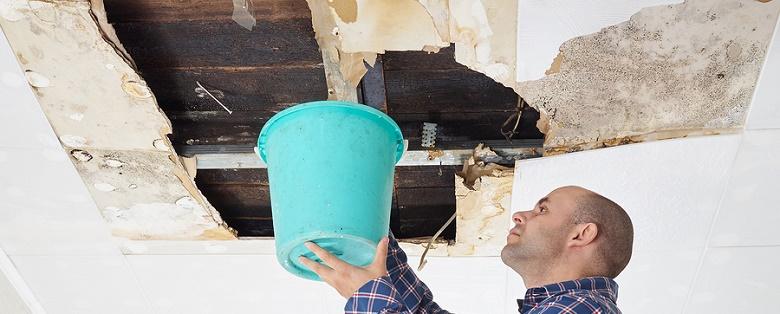
Every year, many homeowners experience costly water damage in their homes in a number of different ways. Property owners can generally file a claim with their insurance company for this type of property destruction, depending upon how it occurred and what perils their homeowners policy covers.
For any perils not automatically covered on a policy, homeowners can usually add a rider so that water damage repair is covered regardless of how the damage occurs. Insurance companies compensate for this damage when it is classified under one of the four perils listed below.
Seepage and Leakage Insurance
Seepage and leakage are defined as slow leaks and drips that cause a significant amount of water damage over time that requires repair. Small, slow leaks and seepage can go undetected for months or even years; once the issues are finally discovered, there may be considerable damage to walls, floors, ceilings, and even support structures.
These small leaks usually occur in the plumbing due to loose fittings or minute cracks as well as with any appliances or fixtures that use or fill with water such as water heaters, dishwashers, bathtubs, etc.
Backup and Overflow Insurance
A plumbing backup can happen for a variety of reasons and in a number of places. The most serious backups occur when an overfull or malfunctioning septic system cannot accept any more water and the drain pipes and toilets overflow as a result. Homes that are hooked up to a public sewer system can experience a backup as well. This may happen during a heavy rainfall if the sewers flood.
Homes with sump pumps may also experience floods due to backups. Backups and overflows of the septic or sewer system are health hazards that require professional water damage repair by an experienced company to ensure the safe removal of all harmful bacteria and pathogens.
Sudden and Accidental Water Insurance
When something really unexpected happens, like a broken appliance, burst pipe, or even a huge fish tank cracking and spilling everywhere, insurance companies consider this to be a sudden and accidental event. Unfortunately, some of these sudden and accidental events can cause a tremendous amount of water damage in a home depending on what broke and how much water spilled out as a result.
Foundation Water Damage Insurance
The last category of water damage that homeowners insurance usually covers, if it is included on the policy, is foundation damage caused by water. This can occur in a number of different ways, including as a side result of the above three categories. Foundation water damage repair can be very costly as well, so this is an important peril to include on a home insurance policy in case of such an emergency.
These four categories encompass all the various types of water damage that can occur in a home for many reasons. Yet it is important that homeowners check their policies to specifically determine whether they are covered for all of these perils. Some policies may only compensate for water damage repair under certain circumstances. To avoid having to spend out-of-pocket money for a large water repair bill when it is least expected, homeowners should ensure that all four of these perils are included on their policies!
